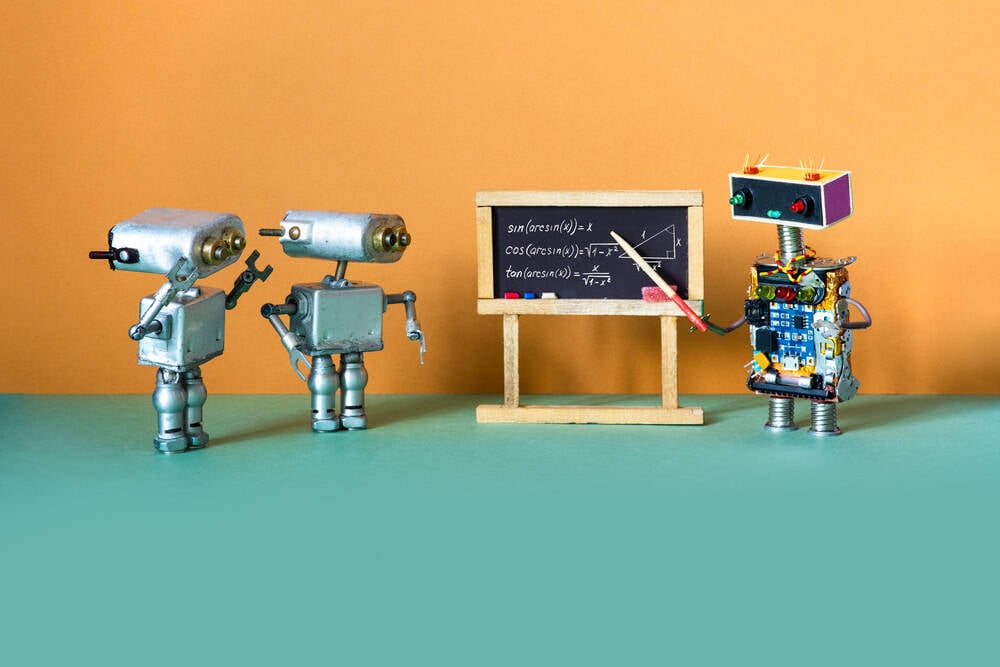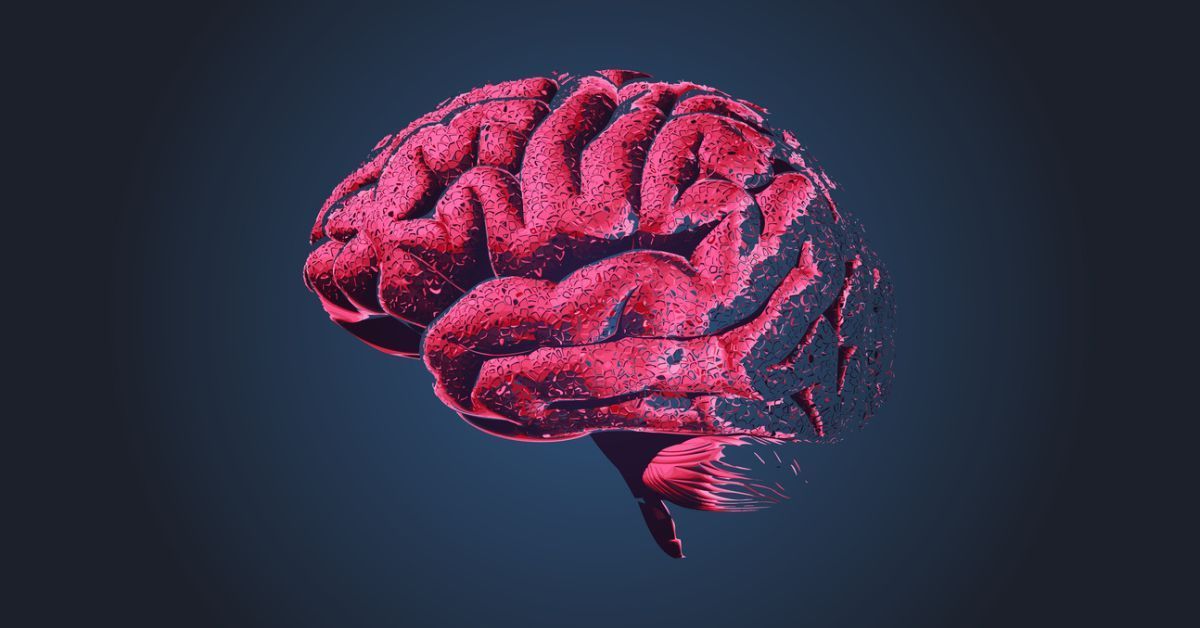IBM's Bamba: Outpacing Transformers on Long Sequences

The transformer architecture powering today's LLMs, while effective, suffers from a quadratic bottleneck in longer conversations. IBM's open-sourced Bamba model tackles this by cleverly combining state-space models (SSMs) with transformers. Bamba significantly reduces memory requirements, resulting in at least double the speed of comparable transformers while maintaining accuracy. Trained on trillions of tokens, Bamba is poised to handle conversations with millions of tokens and potentially run up to five times faster with further optimizations.

















